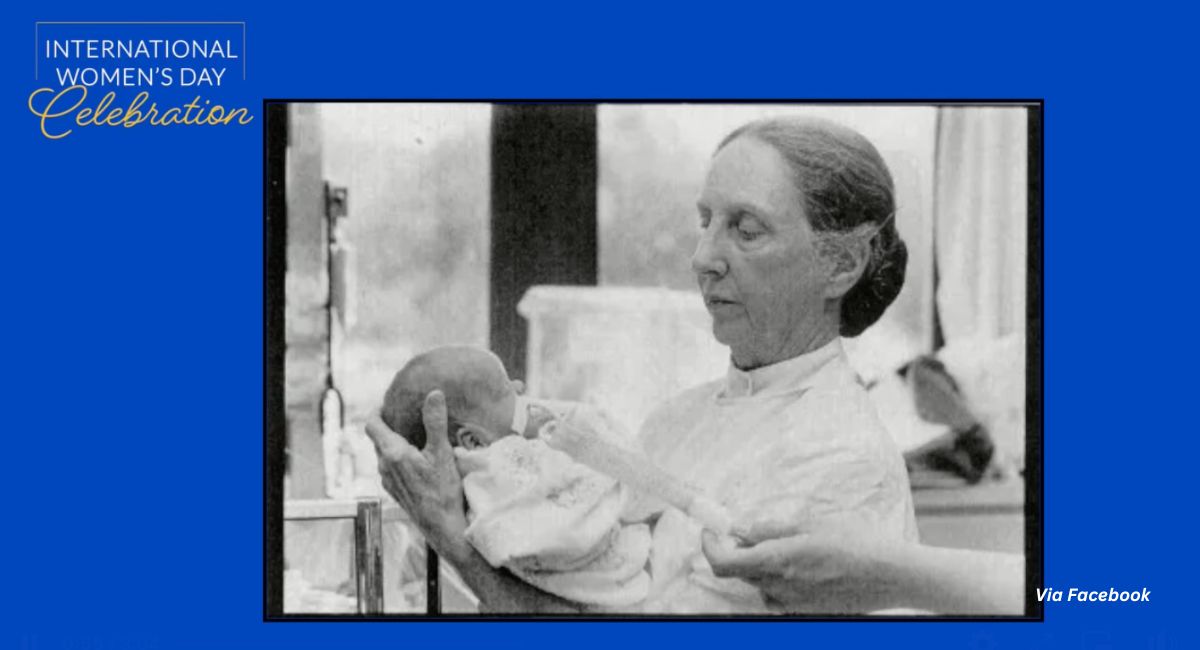Dr. Mildred Stahlman, a pioneer in neonatal healthcare, passed away on June 29 at the age of 101, according to the Vanderbilt University Medical Center (VUMC) and The Washington Post. Stahlman founded the nation’s first neonatal intensive care unit (NICU) offering monitored respiratory therapy for newborns with underdeveloped or damaged lungs at Vanderbilt University Medical Center.
Stahlman “pioneered in the treatment of lung disease in premature infants and… was a tireless advocate of children of all ages,” said VUMC News.
It added, “A tiny woman with flashing blue eyes and graying hair usually pulled back in a bun, Dr. Stahlman was intensely serious about her work. Medicine was more than a profession to her. It was a calling.”
Known for her groundbreaking research on problems affecting premature children and for using a respirator to save infants suffering from lung disease, Stahlman was one of only three women in her Vanderbilt University School of Medicine class. She began researching and working in the field of neonatal health in the 1950s.
Stahlman’s innovative work came to the foreground of the medical field in October 1961, when a baby girl named Martha Humphreys was born two months prematurely and was struggling to breathe. Stahlman and Dr. Eric Chazen, the baby’s pediatrician, placed Baby Martha in the negative pressure breathing machine to keep her alive until her lungs developed and she was able to breathe on her own. Stahlman set up a folding bed in the lab beside Baby Martha and monitored the baby for four nights until Martha was out of danger and could be taken off the respirator.
Amazingly, this story has come “full circle,” as VUMC notes that Martha Humphreys (Lott) now works as a nurse at the Monroe Carell Jr. Children’s Hospital at Vanderbilt Neonatal Intensive Care Unit.
Stahlman and her colleagues at the Vanderbilt General Clinical Research Center developed methods for diagnosing and monitoring hyaline membrane disease by placing miniature catheters in the umbilical vessel to measure the gases in the blood. Stahlman and her colleagues also experimented with infant “iron-lungs,” respirators that were designed for polio patients.
READ: Should pro-lifers be ‘sorry’ for protecting babies with disabilities from death by abortion?
Stahlman led the neonatal unit at Vanderbilt from 1961 to 1989 and was a professor of pediatrics at the medical school. She worked tirelessly to save premature infants. The Washington Post described how Stahlman converted a Chevy Bread truck into an ambulance, complete with medical equipment to transport infants quickly to the hospital. A whole transport system for infants called “Angel Transport” was later developed across Tennessee.
“During one particular time, we had three babies [in a short time] dead on arrival. I said that was it. We cannot tolerate them dying on the way. We considered that you couldn’t run an ICU and accept babies if you couldn’t do transport,” Stahlman said in a Vanderbilt interview.
Stahlman received numerous awards throughout her career, but she viewed her career as a calling and an act of love. According to VUMC News, Stahlman taught her students that love should be the driving force of medicine, telling them, “What I would hope that I could convince you of is that if you are ever going to practice medicine, the first thing you have to learn is charity. What is charity? Charity is unqualified love.”







